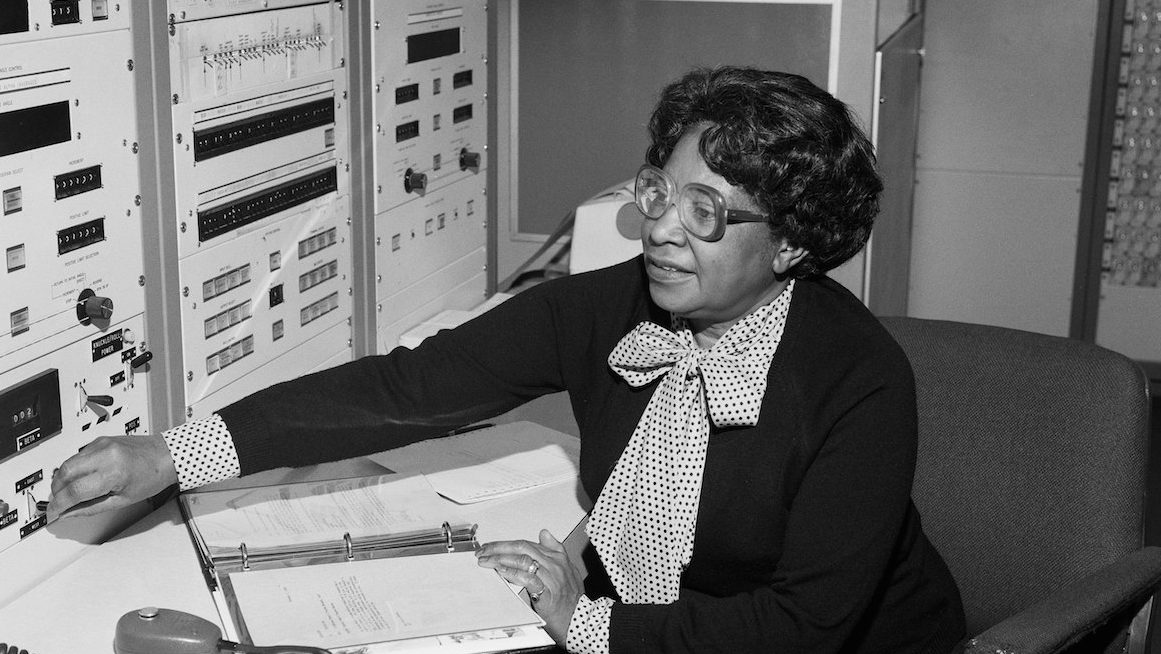

She quickly enrolled, but left to have children. Two years later, when the college chose to integrate its graduate schools, Johnson and two male students were offered spots. After graduating with highest honors, she started work as a schoolteacher in 1937.

She attended a high school on the campus of West Virginia State College by age 13, and began attending the college at age 18. Johnson showed early brilliance in West Virginia schools by being promoted several years ahead of her age, according to NASA (opens in new tab). Katherine Johnson did trajectory analysis for Alan Shepard's mission in 1961 and John Glenn's mission in 1962. Although described as a behind-the-scenes sort of worker, she helped many people get promoted or become supervisors. "She discovered that occasionally it was something as simple as a lack of a couple of courses, or perhaps the location of the individual, or perhaps the assignments given them, and of course, the ever present glass ceiling that most women seemed to encounter," Champine wrote.Īfter 30 years with NACA and NASA (at which point she was an engineer), Jackson decided to become an equal opportunity specialist to help women and minorities. She also tried to help other women advance in their career, according to the biography, by advising them on what educational opportunities to pursue.

Her job was to extract the relevant data from flight tests. Jackson began her career as a schoolteacher, and had several other jobs before joining NACA.Īs a computer with the all-black West Area Computing section, she was involved with wind tunnels and flight experiments. She graduated with high marks from high school and received a bachelor of science degree from the Hampton Institute in Mathematics and Physical Science, according to a biography written by Gloria R. Mary Jackson was a successful NASA engineer and advocate for women and minorities in the field.


 0 kommentar(er)
0 kommentar(er)
